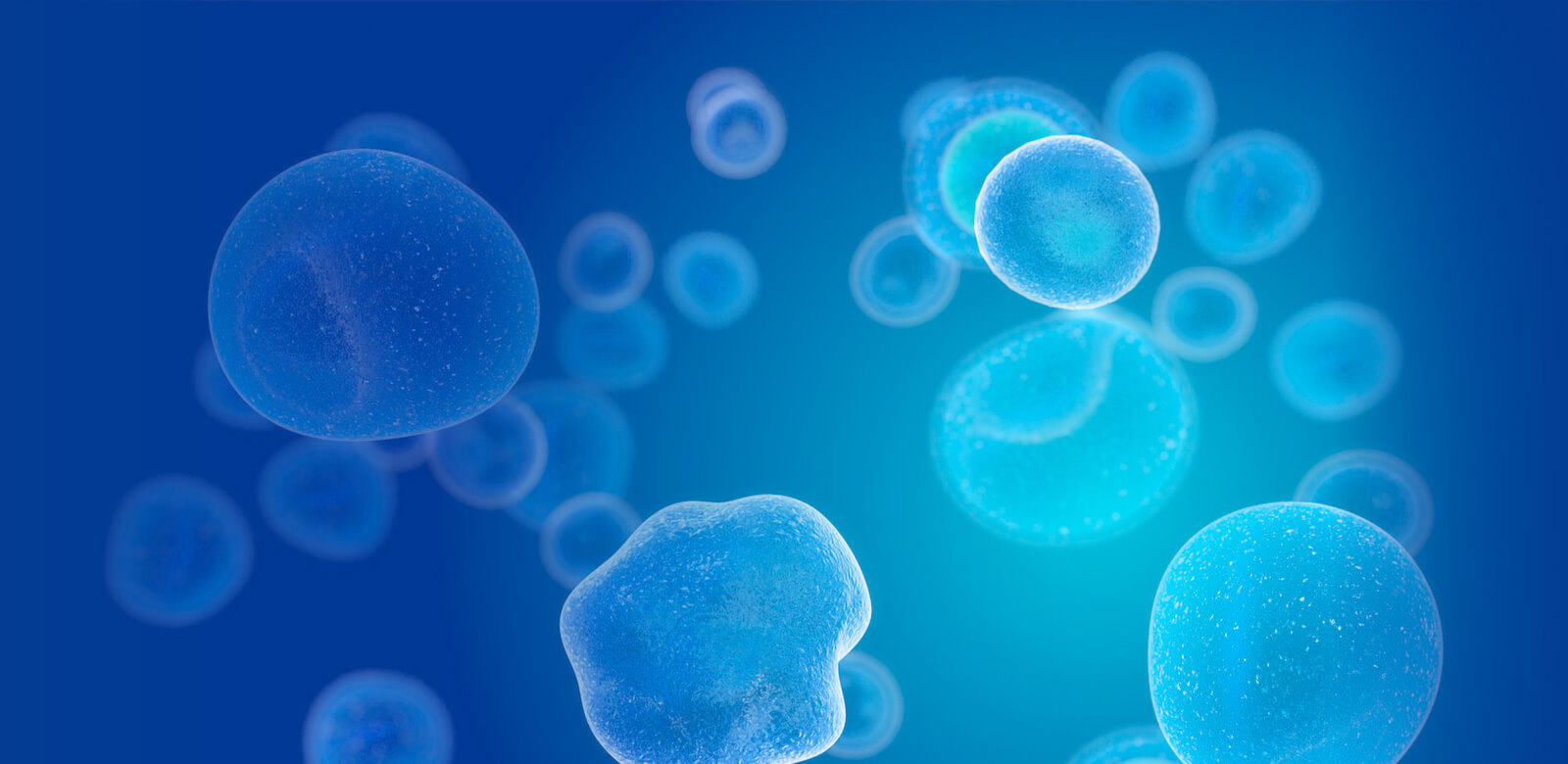While there is no known cure for cerebral palsy, stem cell therapy allows for the improvement in a variety of symptoms associated with this group of disorders.
 Published: June 14, 2019
Published: June 14, 2019
Contents
Hope for Children with CP
Cerebral palsy or CP is the most common motor disability that occurs in childhood. CP affects motor function, which makes it difficult to move, or maintain balance and posture. CP is most commonly the result of abnormal brain development before birth which affects about 1 in 323 children born in the United States. It is estimated that currently, CP affects more than 17 million people worldwide.
Medical science is still learning much about cerebral palsy. As scientific research advances, new discoveries are being made on a regular basis. Much of this research is focused on the promising field of stem cell therapy, a practice in which Dr. David A. Steenblock of Personalized Regenerative Medicine has pioneered for over a decade.
How Does Stem Cell Therapy Help Children with Cerebral Palsy?
Numerous studies, including one performed by Dr. David A. Steenblock himself back in 2006, have shown that stem cell treatments can help improve motor function, brain connectivity, cognitive function and muscle control for patients who suffer from cerebral palsy. The results of these studies, amongst others, have shown great promise. We believe these findings warrant additional research and further study.
Dr. Steenblock’s own research on pure cord blood stem cell therapy showed improvements in 8 out of 10 of his patients who were living with CP. One stand-out case was a girl named Emily. She came to Dr. Steenblock’s clinic for stem cell treatment and began showing improvements within a matter of hours, with improved walking and the ability to lift her arms significantly better. She was also able to move her toes for the very first time after her stem cell treatment. You can witness more incredible before and after videos here.
Dr. Steenblock has used cord-blood stem cells in treatments for cerebral palsy. In 2010, he also began administering FDA-compliant stem cell-rich bone marrow aspirate concentrate (BMAC) treatments to CP patients via intravenous (IV) drip. The results have been nothing short of spectacular. Stem cells have the ability to help regrow cellular matter in damaged regions of the brain. Through the process known as differentiation, stem cells are able to become any other type of cell as they attach to areas of the brain that may have suffered traumatic injury or underdevelopment.
Stem cells have been shown to help rebuild and repair lesions in the corpus callosum and other regions of the brain. Stem cell treatments have shown great potential in repairing both the cerebral cortex and the hippocampus, both of which are part of the brain’s major memory, cognition, language, learning and emotional centers. Using stem cell therapy to address these areas of the brain which are adversely affected by cerebral palsy shows definite promise in the future of medical treatments for CP.
Are There Potential Risks of Stem Cell Treatment for CP?
In a study published by the International Journal of Stem Cells in May of 2016, 17 children, from ages 1.5 to 17 years old, found that adverse events (side effects) were very minimal. 12% reported mild headaches and vomiting while only 6% reported a transient fever. All of these symptoms only lasted a few days, while no other complications were reported in the study. This groundbreaking study, 73% of participants reported “significant improvements” in their symptoms from CP. These improvements included increased degree of spasticity, bowel and bladder control improvements, and mobility and motor function improvements. Cognitive function improvements were also reported in 40% of the patients.
Although not every participant reported an improvement from receiving stem cell therapy, the majority of patients who did were considered lost-causes before the stem cell treatments. Of these, so-called “hopeless” children, 27% showed signs of improvement so significant, that they became described as somewhat independent.
Dr. Steenblock goes above and beyond the experience you would get from your typical doctor. Dr. Steenblock looks at the whole-health of all of his patients, often finding things the other doctors missed. With over 40 years of experience practicing in the medical field your child will receive the best possible care from our Personalized Regenerative Medicine clinic, in beautiful San Clemente, California. We understand the needs of our clients with CP, and we look forward to helping your child live the best life possible. Contact us today to see if we can help!





